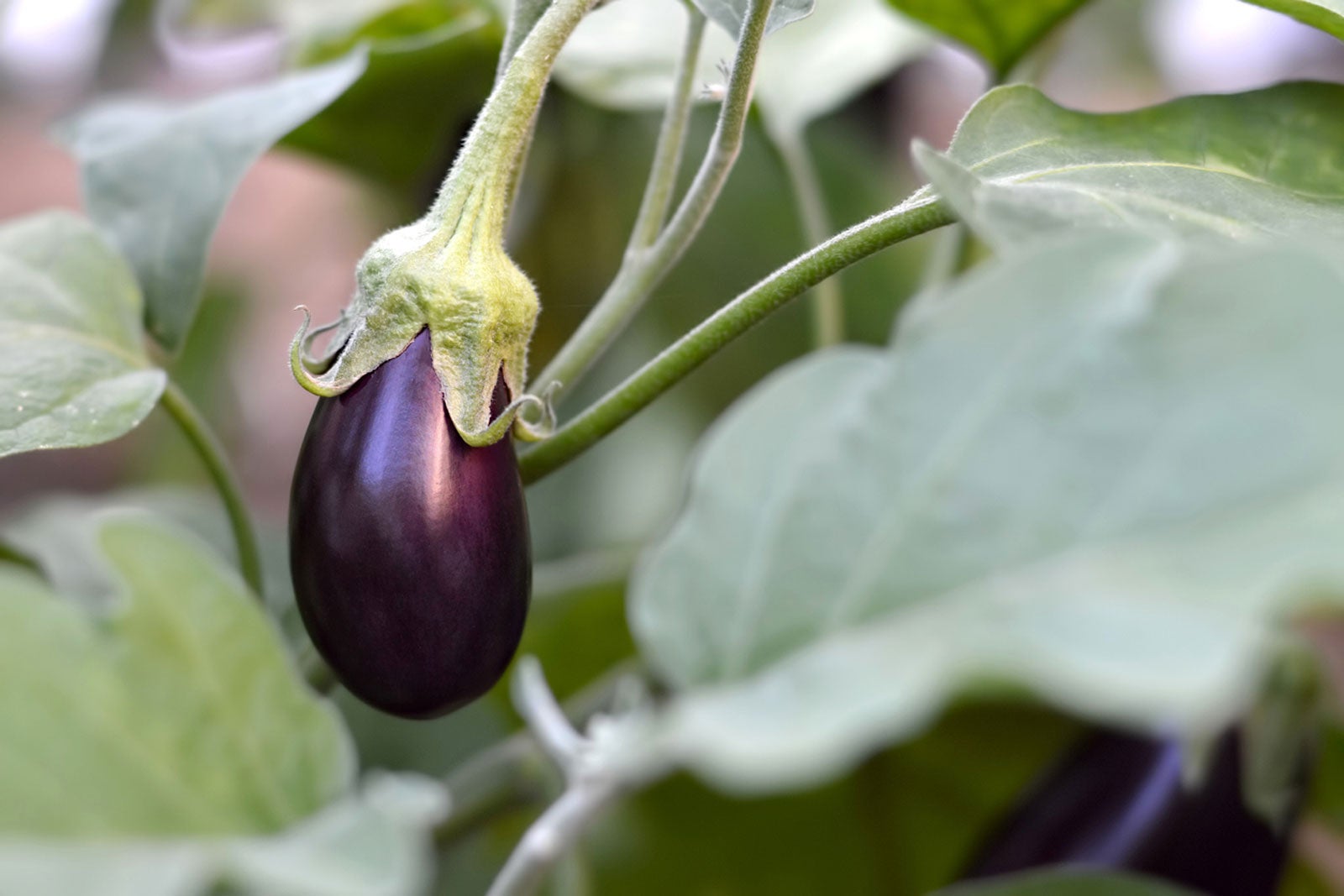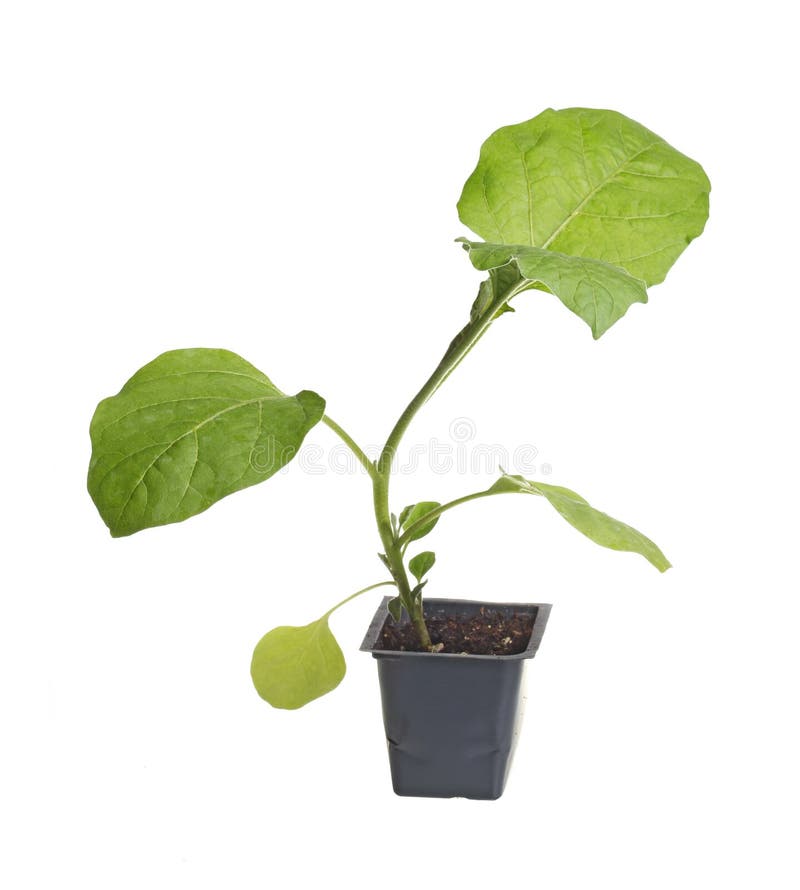

If necessary, repot into larger containers to maintain vigor. It is better to hold the plants (but keep them growing) until the soil warms. They probably were planted while the soil was too cold. I planted my eggplants early, but they did not grow very well.Ī. Use them while the stem and cap are still greenish and rather fresh-looking. Be careful as it will soon develop soft brown spots and become bitter. If you must store them, wrap them in plastic or use plastic and store them for 1 to 2 days in the refrigerator. Harvest and use them immediately for best flavor. Eggplants do not like cool temperatures so they do not store well. Always cut the eggplant with the cap and some of the stem attached. The round ones seem to have more seeds and tend to be less meaty, so select the oval dimpled eggplant.Įggplants bruise easily so harvest gently. The dimple can be very round or oval in shape. Eggplants have a dimple at the blossom end. There is long-standing controversy about male and female eggplants. If the thumb indentation remains, the eggplant to over mature and may be completely brown inside and bitter with large tough seeds. If the flesh is hard and does not give, the eggplant is immature and too young to harvest. If the flesh presses in but bounces back, it is ready for harvesting. To test, hold the eggplant in your palm and gently press it with your thumb. Size is not always an indication of maturity.

Large, vigorous plants can yield as many as four to six fruits at the peak of the season.

Even properly harvested fruits do not store well and should be eaten soon after they are harvested.

Over-mature fruits are spongy and seedy and may be bitter. When the fruits become dull or brown, they are too mature for culinary use and should be cut off and discarded. Leave the large (usually green) calyx attached to the fruit. Many eggplant varieties have small prickly thorns on the stem and calyx, so exercise caution or wear gloves when harvesting. Use a knife or pruning shears rather than breaking or twisting the stems. Harvest the fruits when they are 6 to 8 inches long and still glossy. These beetles can be controlled by applying an insecticide or using floating row covers early in the season when plants are most vulnerable. Damage can be severe, especially on young plants, if unchecked. Verticillium wilt causes yellowing, wilting and death of the plants.įlea beetles cause tiny holes in the leaves. The plants tolerate dry weather after they are well established but should be irrigated during extended dry periods for continued peak production. Given sufficient moisture and fertility, eggplant thrives in the heat of summer. Side-dress nitrogen fertilizer when the plants are half grown and again immediately after harvest of the first fruits. Use starter fertilizer for transplanting. Allow 30 to 36 inches between rows or space plants 24 inches apart in all directions in raised beds.Three to six plants are usually sufficient for most families unless eggplant is a favorite vegetable, eaten often.Space plants 18 to 24 inches apart in the row, or even closer for small-fruited types.Ideally, plant out when nighttime temperatures reliably stay above 50 degrees. Eggplants are more susceptible than tomato plants to injury from low temperatures and do not grow until temperatures warm. Transplant after the soil has warmed and the danger of frost has passed. It is important to get the plants off to a proper start. Select plants in cell packs or individual containers. Small-fruited, exotic-colored and ornamental varieties can be grown in containers and used for decorations.Įggplant is best started from transplants. Eggplant requires careful attention for a good harvest. Eggplants are slightly larger plants than peppers and are spaced slightly farther apart. The culture of eggplant is similar to that of bell pepper, with transplants being set in the garden after all danger of frost is passed. Eggplant is a cold-sensitive vegetable that requires a long warm season for best yields.


 0 kommentar(er)
0 kommentar(er)
